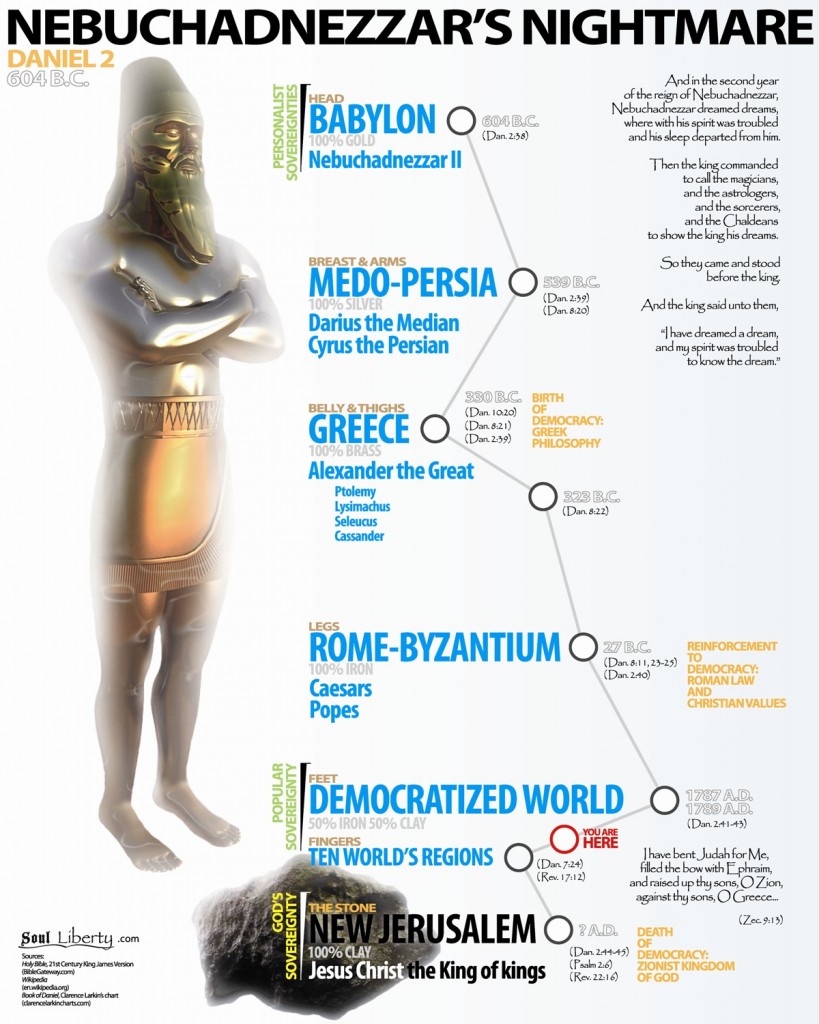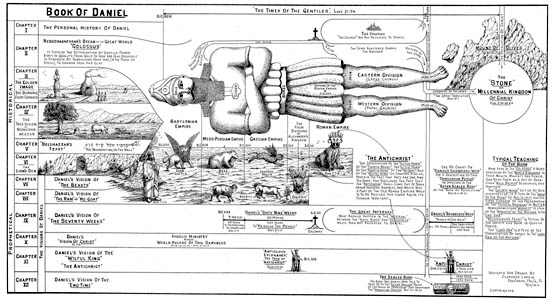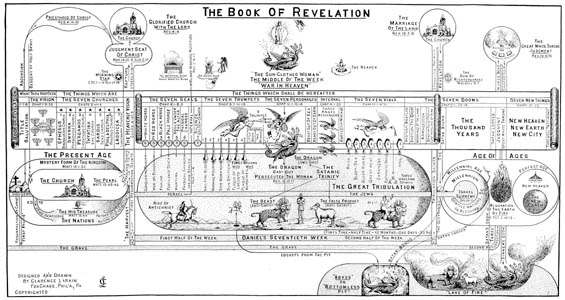The city described in Revelation 21:9-27 is amazingly vivid and also somewhat strange. It has great walls, many gates, pure glassy gold, precious stones, and light that shines forever. In the next chapter, Rev. 22, we find out more about God’s throne, the river of life, and the tree of life. We are only in this world for a time; it is eternity which we must prepare for…do you know what it might be like? In this article we’ll examine just one aspect of the New Jerusalem: its sheer size.
For some time now, I have been at a loss to imagine a golden city with twelve foundations as described in verses 19-20. When revisiting this passage recently, it noticed that the city is described as a cube with each side being of equal length (Rev 21:16). Its measurements are 12,000 furlongs (or stadia) on each side (Rev 21:16), which converts to around 1,380 miles.
Just how big is that? The illustration below compares the size of this city to Planet Earth:
Notice the colors along each edge. In drawing this illustration, I remembered that there are 12 of them in a cube, matching the number of foundation stones. This is just a conjecture on my part, but it would make sense to me that the foundations are along each edge rather than simply below it.
At this point I should explain that we’re talking about a brand new place, restored to the conditions of perfection that humans once enjoyed before we rebelled in Eden. Such a radical change to our physical world could go so far as to alter our concept of space and perhaps modify physical laws in ways we cannot imagine. Therefore, certain aspects of this city, its construction, shape, dimensions, and more are simply unimaginable.
At the same time, God does give us some basic parameters that relate to the physical world we can understand. As I mentioned above, we know some basic dimensions (even if we don’t know the exact shape or layout). I soon wondered how many people might fit in such a cubical volume. After all, its footprint won’t even cover Russia! Is there enough room for everyone, or only the chosen “elect?”
It is a fun exercise to take a few guesses about how many people might fit in this box. Make a few guesses of your own below.
If we ignore the areas that might be taken up for public use, streets, etc. and cram every individual into a prison-cell sized room, you could fit one quintillion (one billion billion, or one with 18 zeros after it) people inside.
One estimate of the total number of humans that have ever lived on this planet puts the figure at around 106.5 billion. For the sake of argument, if we assume each and every one gets a place in the city, that leaves enough room for everyone to have a house that’s 1,500 feet on each side, or 2.25 million square feet on each level and around 150 stories tall! In other words, it seems there will be more than enough room for everyone.
Yet, not everyone gets to go (John 3:18-19). There will come a day when God will judge everyone according to their works (Rom 14:10-12). For those who have repented of their sins and believed on Jesus Christ for forgiveness, this judgment will determine our rewards in Heaven (Matt 25:21). Everyone else will go to the Lake of Fire (Rev 21:8) along with Satan and the angels that follow him, earning the title “demon.” Yes, even some angels will go to Hell. In fact, Hell was originally intended for fallen angels, not for us (Matt 25:41).
Will you dwell in this place called the New Jerusalem, destined to spend eternity with the creator of all beauty? God wants you to be there with him. He has made it clear that he has kept a place with plenty of room for everyone, but as a perfect judge he must not allow sin to go unpunished. If you are not 100% sure of your destiny after death, do not wait another day to put it all on the sacrifice of Jesus Christ who paid this penalty on your behalf (John 3:16). Repent. Believe. I hope you enjoy your future dwelling place!








